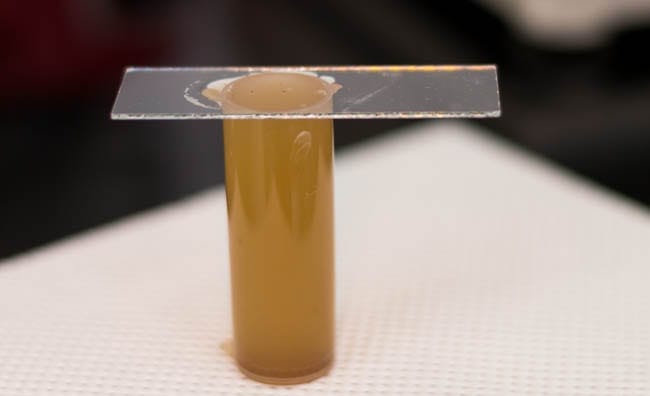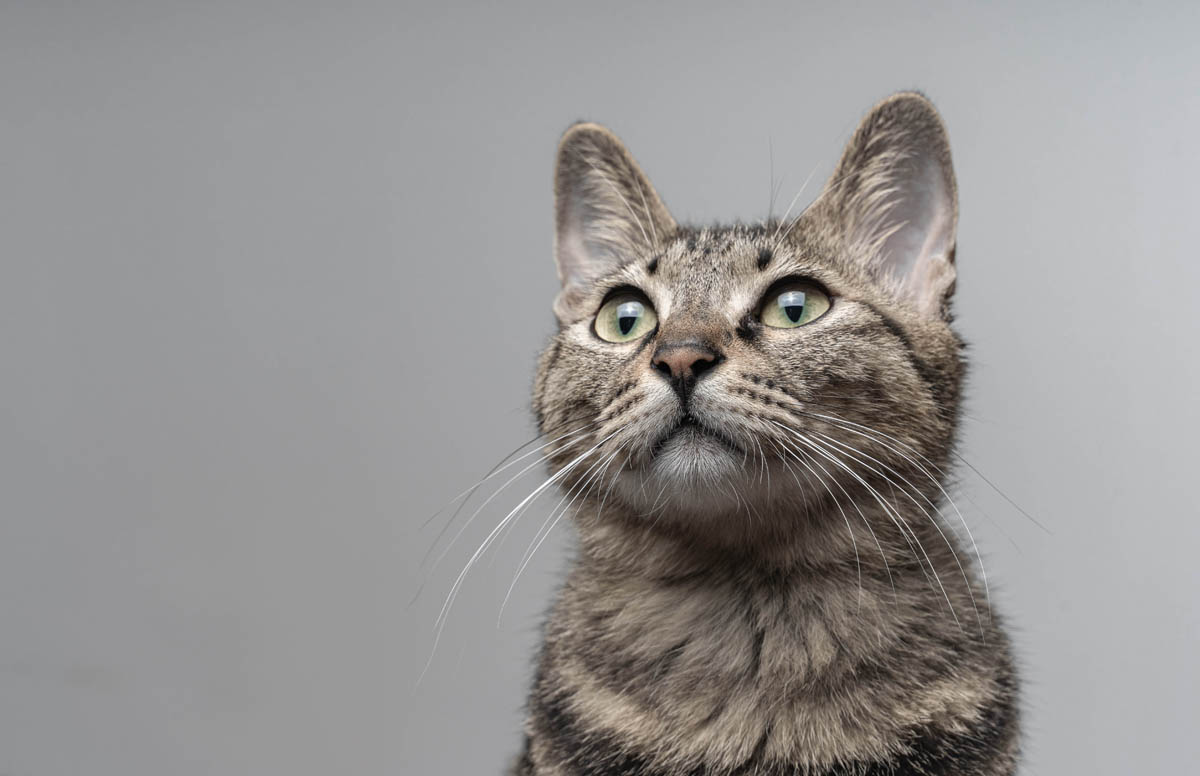The fecal flotation test is a test to look for worm eggs, proglottids (tapeworm segments) or protozoan (single-celled organisms) cysts in the feces. These parasites live in the intestines and stomach of the cat. They reproduce by releasing eggs or cysts which pass out of the cat via the feces.
Fecal flotation process

- A small amount of feces (approximately 1 inch/2.5cm long) that is less than 24 hours old is placed in a container known as a fecalyzer. A liquid salt or sugar solution added.
- The solution is strained to remove solids and then placed in a centrifuge for five minutes.
- A glass coverslip is then placed over the tube and left for ten minutes to allow eggs or cysts to float to the surface.
- The coverslip is removed and placed liquid-side down under a microscope to check for eggs or cysts.
Negative results are possible, even though the cat is infected. This can be due to low parasite burdens or parasites being too young to reproduce. If this occurs, a repeat fecal flotation test may be necessary or your veterinarian will recommend treating your cat based on his index of suspicion.
If your veterinarian asks you to obtain a stool sample, place it in a clean, dry container or a sandwich bag and seal it.

